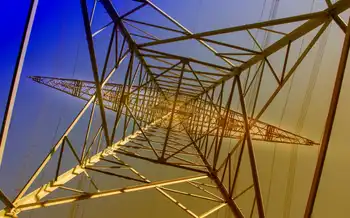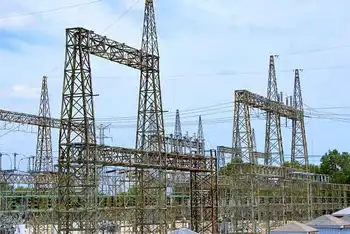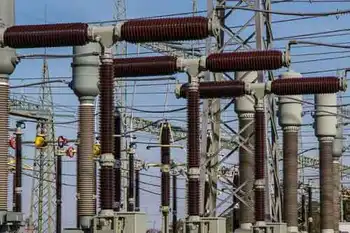Date set for operation of Hadron Collider
GENEVA, SWITZERLAND - Officials at CERN, the European Center for Nuclear Research, outside Geneva, announced that their new particle accelerator, the worldÂ’s largest, would begin operation on September 10.
On that date, the physicists and engineers will make the first attempt to circulate a beam of protons around a 17-mile-long super-cooled underground racetrack known as the Large Hadron Collider.
The collider, 14 years and $8 billion in the making, has been built to smash together protons that have been accelerated to energies of 7 trillion electron volts, and examine the remains for clues to the origin of mass and new forces and particles in the universe.
But the collisions will not happen immediately. The first step on the journey to new physics will happen August 9, when engineers test their method of injecting high-energy protons, which are produced in a separate accelerator, the Super Proton Synchrotron, into the collider by sending a batch through one part of the racetrack.
In September, the first protons to circle the entire ring will have a relatively modest energy of 450 billion electron volts. Once the physicists and engineers have learned to drive their new machine and had a few collisions at that energy, they will ramp up the energy as fast as they can to 5 trillion electron volts — unexplored territory.
“Our main objective is to get to 5 TeV,” Lyn Evans, project director at CERN, said in an e-mail message. “How long it will take, I don’t know, but with the quality of the instrumentation, software, and above all the people we have, I am optimistic.”
Once they get up to speed later this fall, the collider will run for a month or two of “pilot physics.”
CERN shuts down for the winter to save money on its electric bill. While it sleeps, engineers will “train” the superconducting magnets that steer the energetic particles around their track to handle the high currents needed to produce fields strong enough to bend the paths of 7-trillion-electron-volt protons. When the collider awakens again in the spring it will be at full strength, and physicists will be face to face with their dreams.
Related News

Solar changing shape of electricity prices in Northern Europe
BERLIN - The latest EU electricity market report has confirmed the affect deeper penetration of solar is having on power prices.
The Quarterly Report on European Electricity Markets for the final three months of last year noted the number of periods of negative electricity pricing doubled from 2019, to almost 1,600 such events.
Having experienced just three negative price events in 2019, the Netherlands recorded almost 100 last year “amid a dramatic increase in solar PV capacity,” in the nation, according to the report.
Whilst stressing the exceptional nature of the Covid-19 pandemic on power consumption patterns, the quarterly update also noted a…




